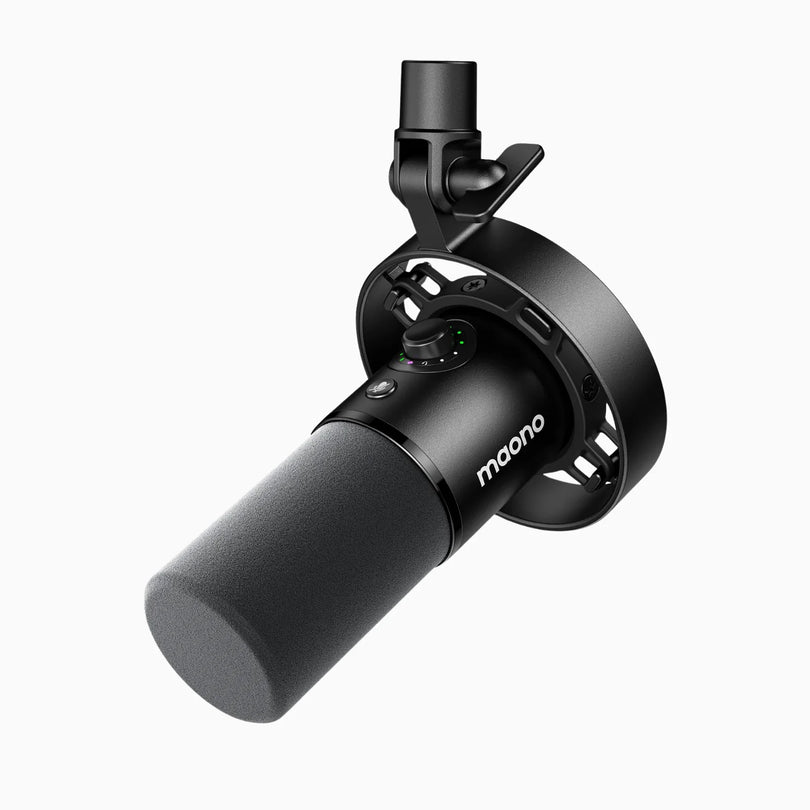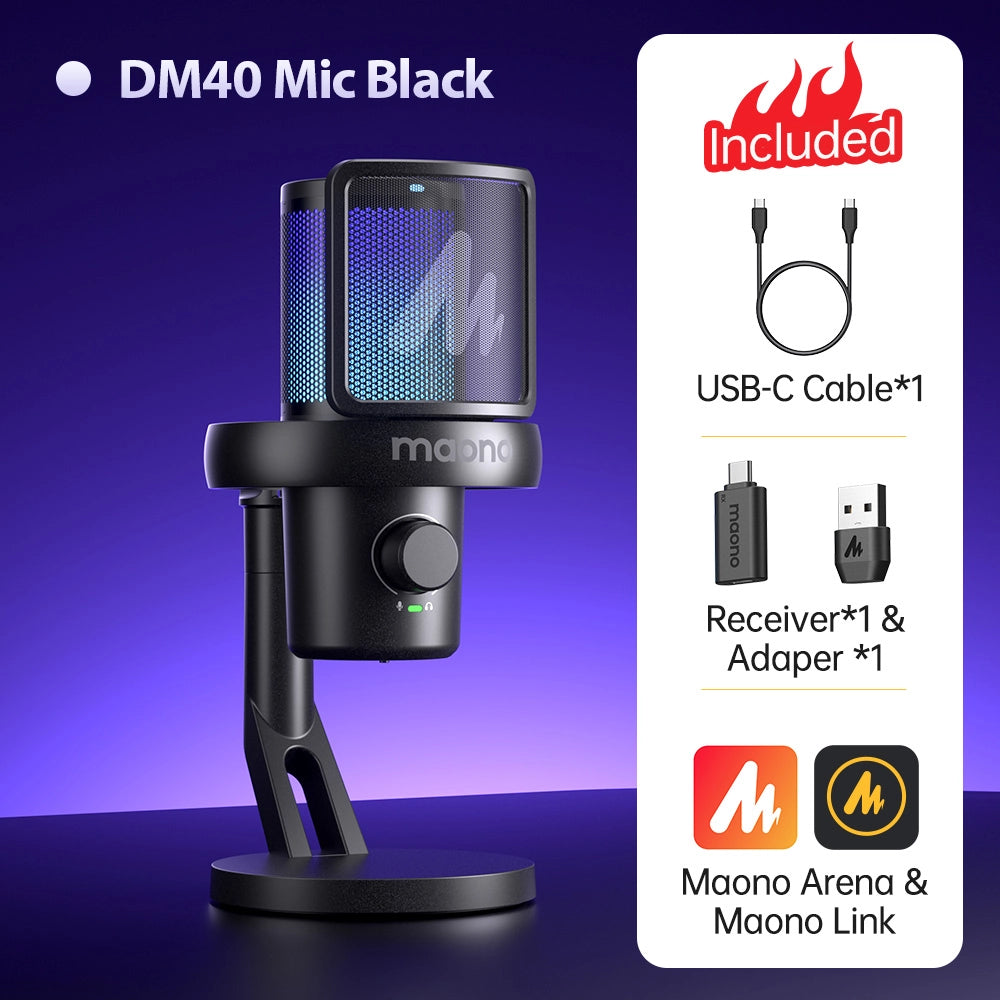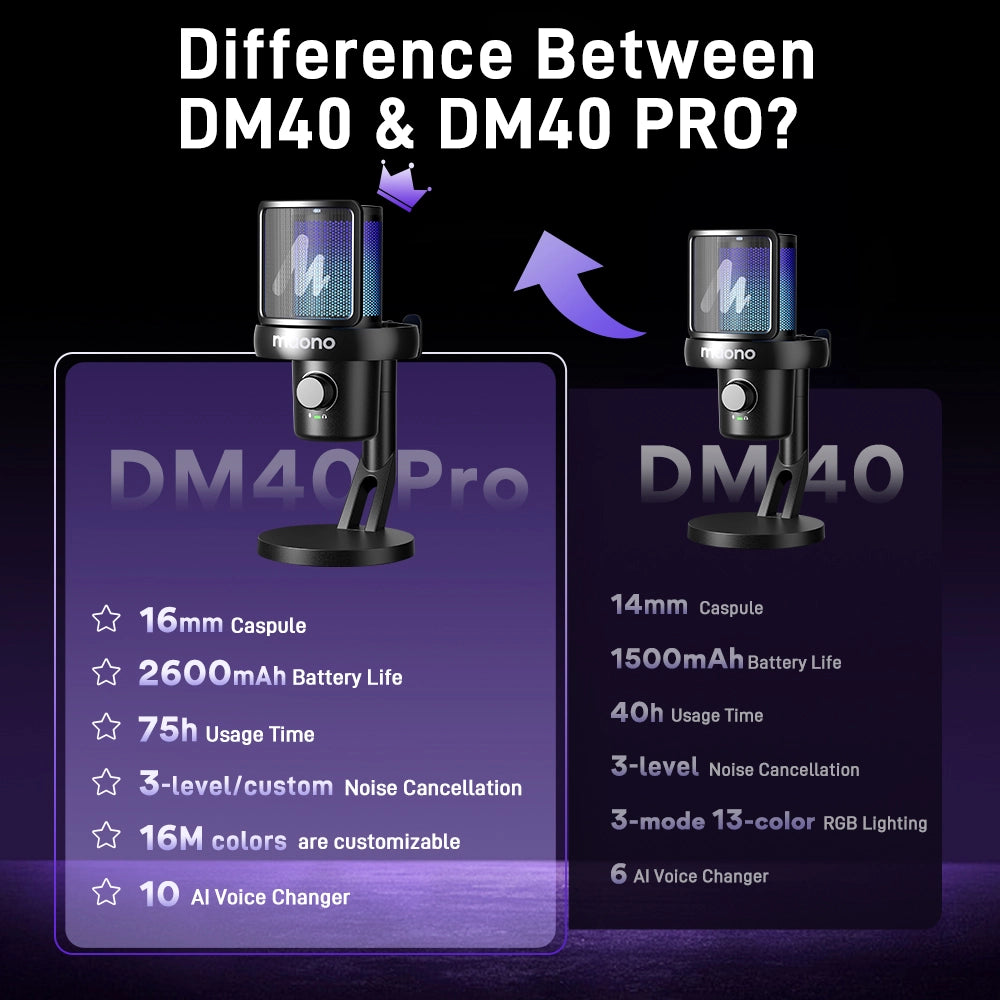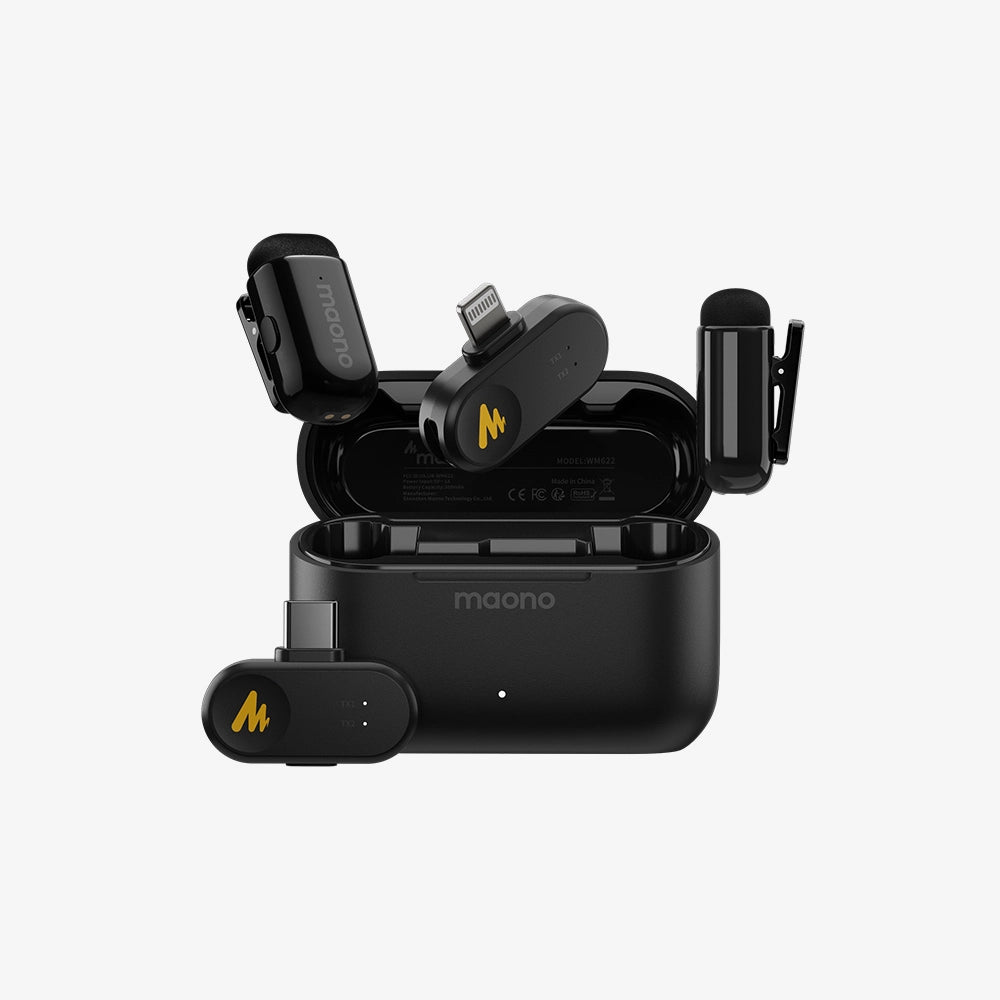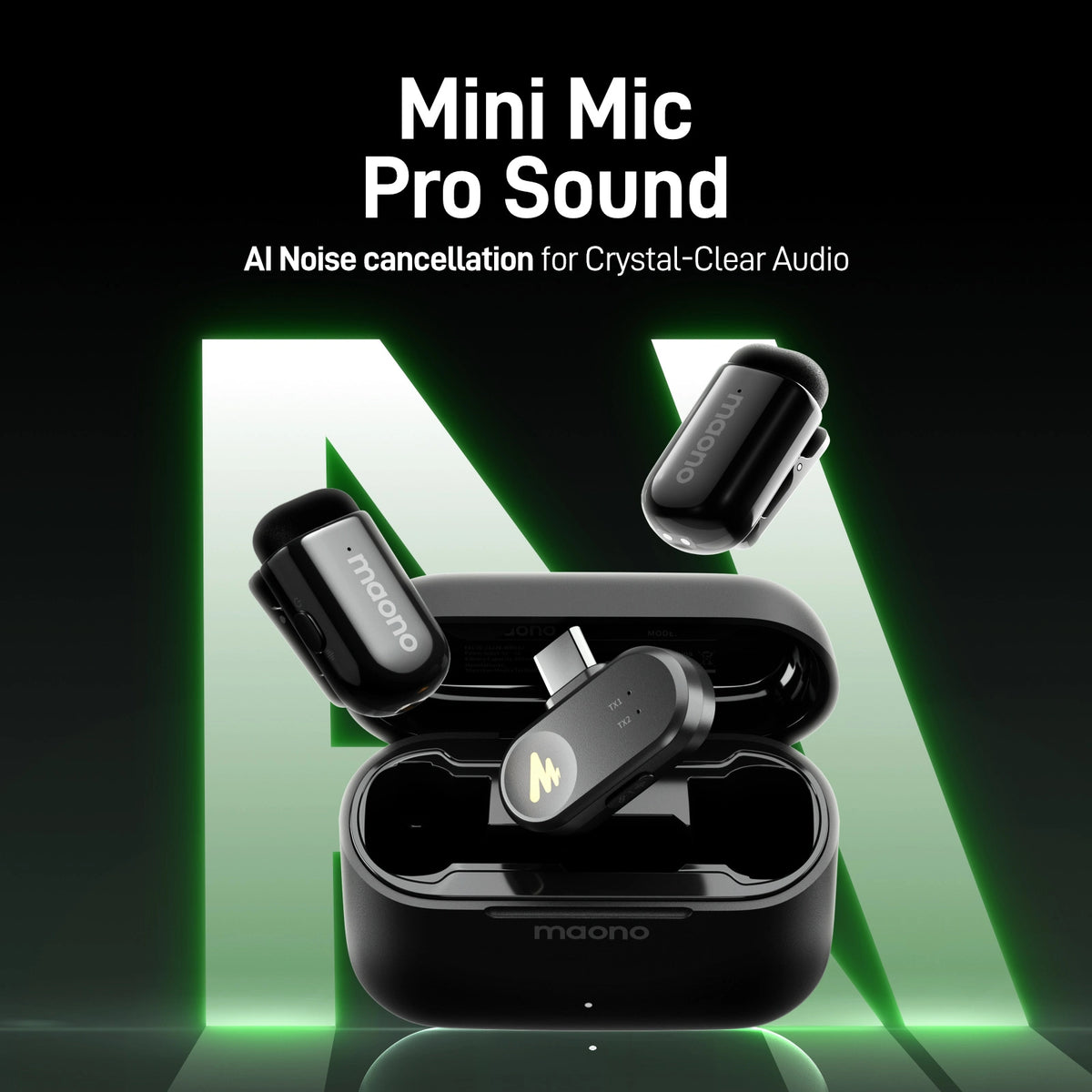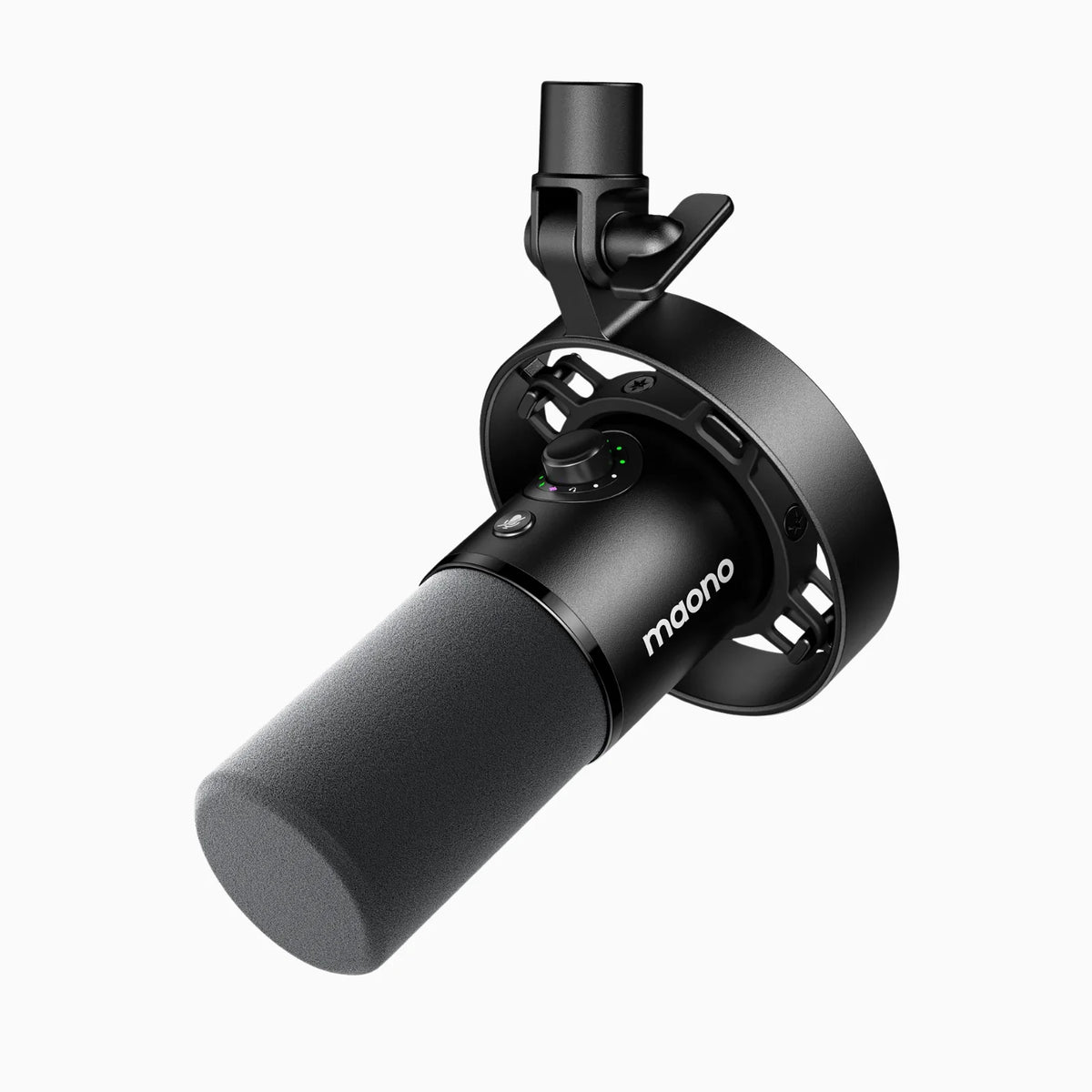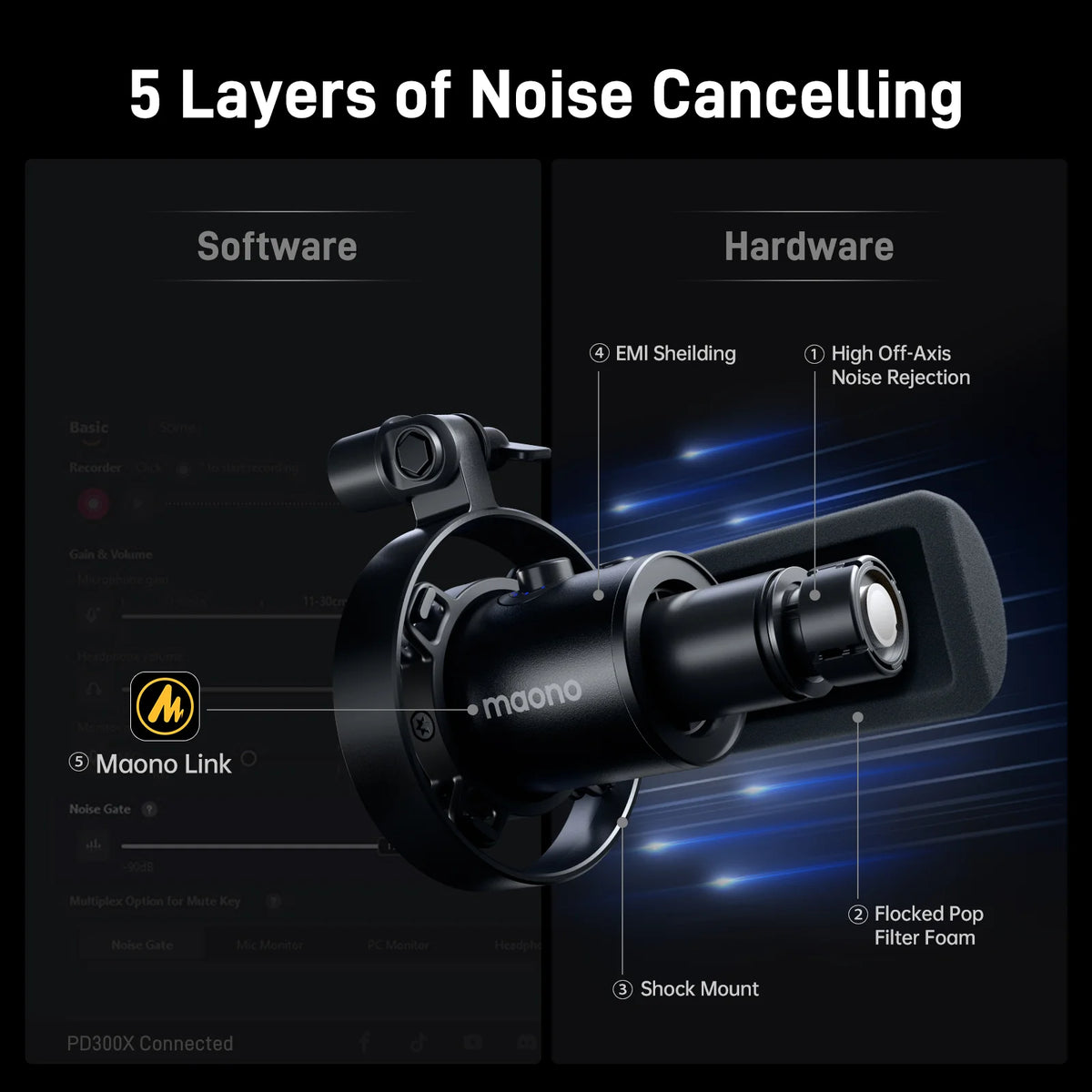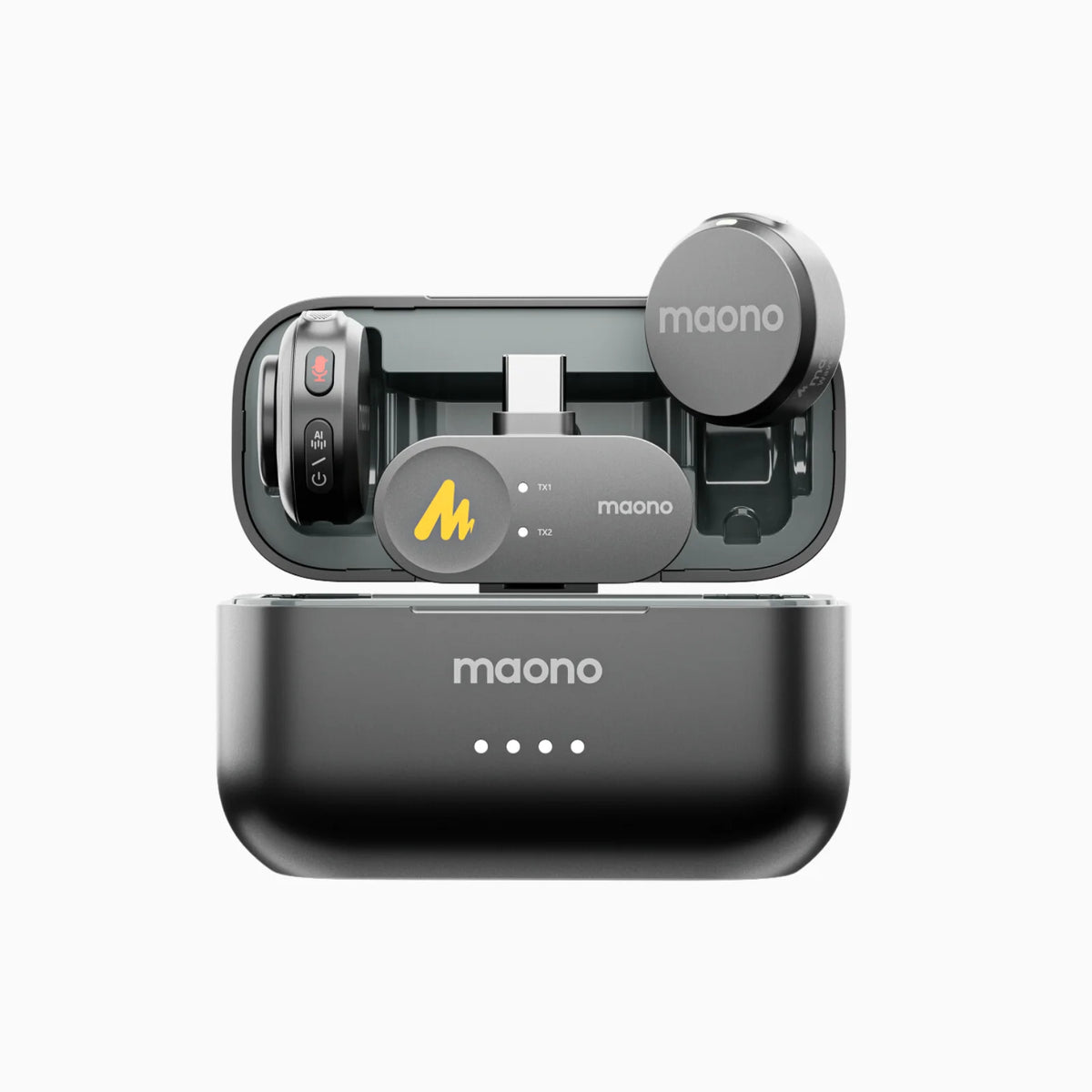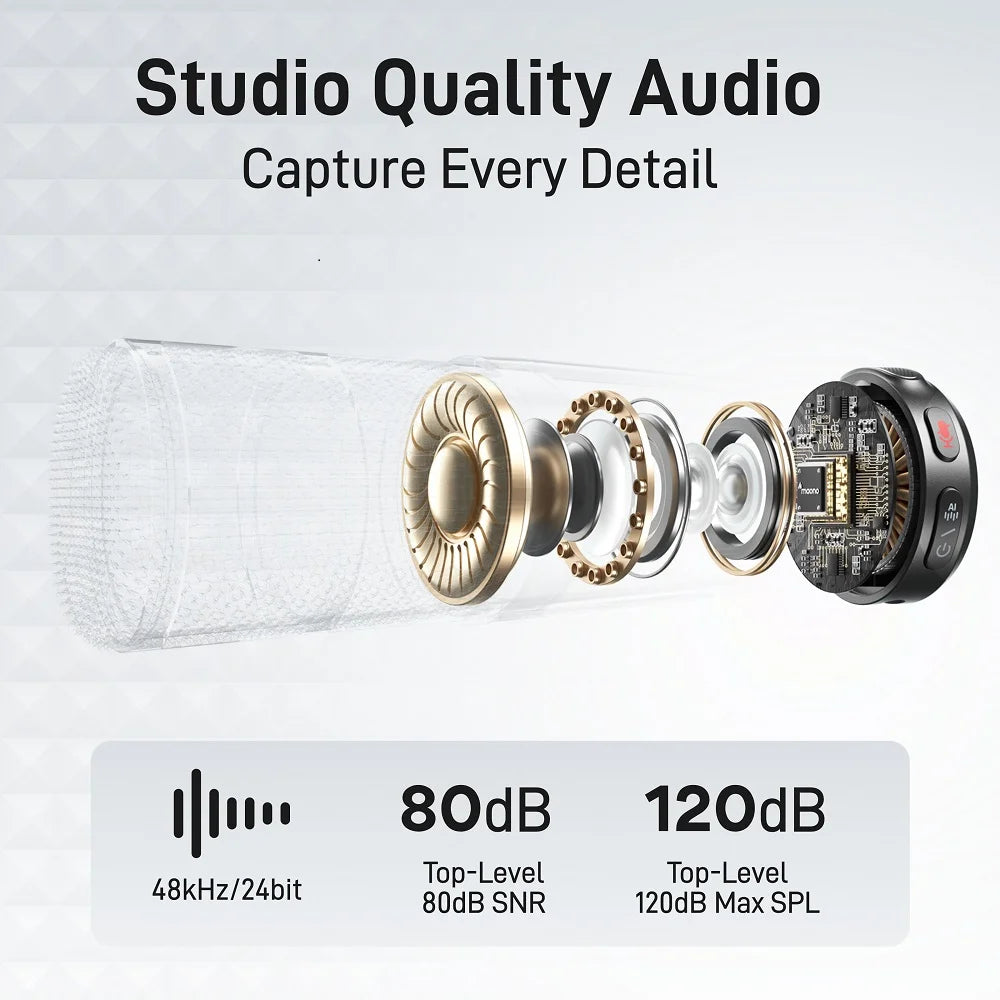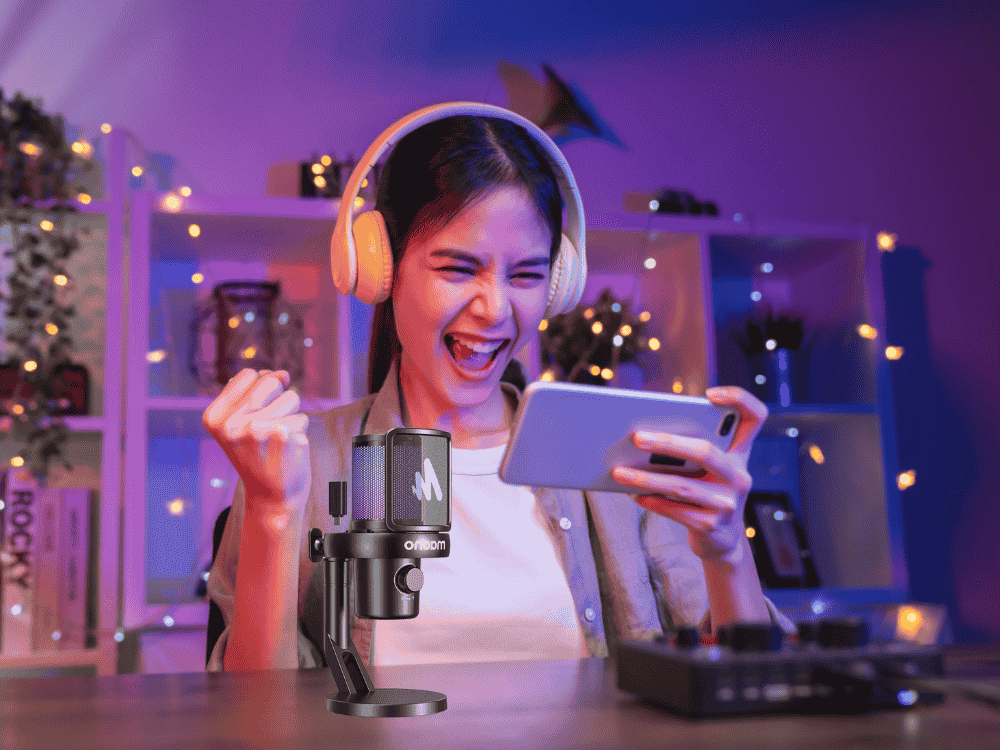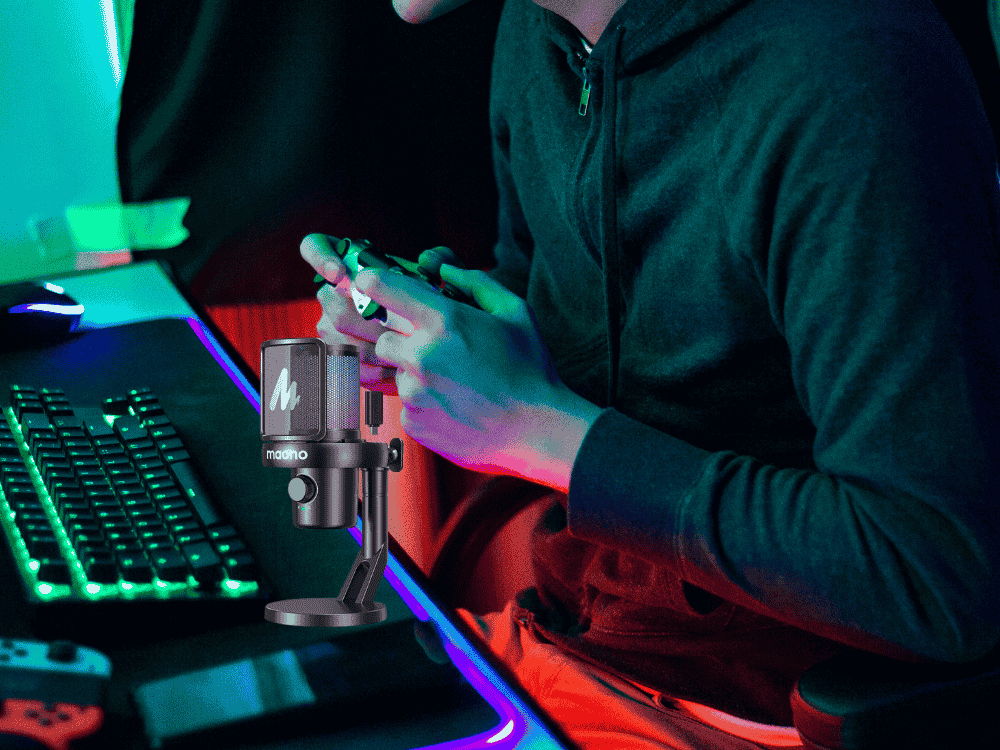Gaming or game streaming is more than just a compelling video of showing hits, kills, and skills. Whether it’s Call of Duty (COD) or Mobile Legends, whatever game you play requires high-quality video and audio if you wish to engage your audience. Whether you decide to play and show your gameplay via Twitch or YouTube, communication is the key to your next victory so, having a good microphone can really make a difference. Headphones with built-in mic may sound cool but ensuring professional results with the way you sound is what a USB microphone can deliver and because of this they have become popular among streamers and content creators worldwide. Both beginners and pro can benefit from using a USB microphone, not mentioning its affordability, ease of use, and solid sound quality. In this article, we’ll explore what features make the best USB microphone for gaming, and review the top picks for 2024.
What is a Polar Pattern and Which Do I Need for Gaming?
A microphone's polar pattern refers to the directionality of the sound it captures. It determines how sensitive the microphone is to sound from various directions around it. Understanding polar patterns is important for selecting the right mic for gaming and streaming.
Common Polar Patterns:
Cardioid: This is the most common pattern for gaming and streaming. It picks up sound from the front of the microphone while rejecting noise from the sides and rear. This is ideal for focusing on your voice while minimizing background noise.
Omnidirectional: Captures sound from all directions. This is great if you’re recording with multiple people in a room but less effective for gaming where you want to isolate your voice.
Bidirectional (Figure-8): Picks up sound from both the front and back, but rejects sound from the sides. This pattern is useful for interviews but isn’t ideal for solo gaming.
Supercardioid and Hypercardioid: These patterns are more focused than standard cardioid, rejecting noise from the sides but picking up some sound from the rear. They’re less common for gaming but can be useful in certain recording environments.
For most gaming setups, cardioid is the ideal choice, as it isolates your voice while reducing ambient noise from the game, your keyboard, or your surroundings.
What is a Good Sample and Bit Rate for a Microphone?
When shopping for a USB microphone, sample rate and bit rate are crucial for determining the quality of the audio recording. These terms refer to the resolution and fidelity of the audio captured by the microphone.
- Sample Rate: This refers to the number of samples per second the microphone takes. For high-quality audio, 44.1 kHz (kilohertz) is typically the standard, but some microphones offer higher sample rates like 48 kHz for even more precise recordings. For gaming and casual streaming, 44.1 kHz is perfectly adequate.
- Bit Depth: This refers to how many bits are used to represent each audio sample. Higher bit depth results in more detailed audio. 16-bit is common and sufficient for most gaming applications, while 24-bit is used in professional recordings for a wider dynamic range.
For gaming, a microphone with a sample rate of 44.1 kHz and 16-bit depth will usually provide excellent results. However, if you plan to use your microphone for higher-quality recordings (e.g., music, voice acting), you might prefer a microphone with 24-bit depth and 48 kHz sample rate.
What Connector Do I Need? XLR or USB?
When deciding between XLR and USB, it's important to understand the differences in their connectivity and use cases.
- USB Microphones: These are plug-and-play and connect directly to your computer via a USB port. They are easy to set up, don't require any additional equipment, and are the go-to choice for most gamers and streamers. USB microphones are typically more affordable and perfect for those who want a straightforward, hassle-free setup.
- XLR Microphones: These require an audio interface or mixer to connect to your computer. XLR mics are often preferred by professionals because they provide higher audio quality and more control over sound settings. However, they come at a higher cost due to the additional equipment needed. XLR microphones are best for users who already have an audio interface or want to upgrade their sound system.
For most gamers, a USB microphone is the best choice because it’s easier to use, requires no additional gear, and offers excellent sound quality for the price.
How Much Should I Spend on a Microphone?
The price of a USB microphone can vary significantly, ranging from under $50 to well over $200. The best mic for gaming depends on your budget and what level of quality you require.
- Budget ($50 - $100): If you’re just getting started, or gaming isn’t your primary activity, you can find a great USB microphone within this range. These mics often offer solid sound quality and durability at an affordable price.
- Mid-Range ($100 - $200): For more serious gamers or streamers who want slightly higher audio fidelity, you’ll find better quality, more durable microphones, and some advanced features like adjustable gain, mute buttons, and customizable sound profiles.
- High-End ($200 and beyond): At this price range, you can expect professional-level microphones that offer superior sound clarity, enhanced features, and excellent build quality. These microphones are designed for those who want the best sound quality and are willing to invest in top-tier audio equipment.
Generally, for gaming, a microphone in the $50 - $150 range will be more than sufficient. It strikes a good balance between affordability and quality, offering excellent sound for both communication and streaming.
Is a Condenser Mic Good for Gaming?
Condenser microphones are often favored for their sensitivity and accuracy, which makes them ideal for studio recordings, singing, or podcasting. They capture a wide range of frequencies and nuances, which is why they’re typically used by professionals in controlled environments.
For gaming, however, condenser microphones can be a bit too sensitive. They can pick up background noise such as keyboard clicks, game sounds, and room noise, which may detract from your gaming experience. Dynamic microphones, on the other hand, are less sensitive to background noise and may be a better choice for gamers who want to avoid unwanted sounds during a live stream or online gaming session.
However, if you’re recording in a quiet, controlled environment or you have a good noise-canceling setup, a condenser microphone can provide excellent sound quality for gaming, as long as it’s paired with proper settings and techniques to minimize background noise.
Frequently Asked Questions:
1. What Are the Best USB Microphones for Online Gaming?
Some of the best USB microphones for online gaming in 2024 include:
- Blue Yeti X: Known for its versatility, the Blue Yeti X offers multiple polar patterns, including cardioid, and a crystal-clear audio quality. It’s perfect for streamers and gamers who want a reliable, plug-and-play solution.
- HyperX QuadCast S: With its built-in shock mount and customizable RGB lighting, the HyperX QuadCast S delivers superb audio quality with multiple polar patterns. It’s a solid choice for gamers who also want to add style to their streaming setup.
- Razer Seiren Elite: Offering both excellent sound quality and a sleek design, the Razer Seiren Elite features a cardioid pattern and built-in noise filtering, making it a good choice for serious gamers.
- Maono A04: The Maono A04 is a plug-and-play USB condenser microphone that has a cardioid polar pattern, making it ideal for gaming, streaming, podcasting and voice-overs.

- Maono DM50: The Maono DM50 is a USB dynamic microphone with cardioid polar pattern that reduces background noise and captures clear voice, making it perfect for game streaming. Plus, it’s easy to set up with consoles and computers, it’s portable, compact, and very budget-friendly.

2. What is the Best Yet Cheapest USB Microphone for Both Gaming and Vocals?
For gamers on a budget, the Fifine K669B is an excellent choice. It delivers clear and accurate sound quality at a fraction of the cost of more expensive mics. The Samson Meteor Mic is another affordable option with good vocal clarity and a compact design.
3. What is the Difference Between a USB Microphone and an XLR Microphone?
The primary difference between USB and XLR microphones are their connectivity. USB microphones are plug-and-play and connect directly to your computer, while XLR microphones require an external audio interface or mixer. XLR microphones tend to provide better sound quality, but they are more complex and expensive due to the additional gear needed.
4. Which One is Better for Gaming and YouTube Videos?
For gaming and YouTube videos, a USB microphone is usually the better option due to its ease of use, affordability, and solid sound quality. XLR microphones are more suited for professional-grade studios and content creation.
5. What Are the Advantages and Disadvantages of Using an XLR and a USB Microphone in Gaming?
Advantages of USB Microphones:
- Plug-and-play setup
- Easy to use
- Affordable
- Great for beginners and casual streamers
Disadvantages of USB Microphones:
- Less flexibility in terms of customization
Advantages of XLR Microphones:
- Superior sound quality
- More control over audio settings
- Ideal for professional setups
Disadvantages of XLR Microphones:
- More expensive due to the need for an audio interface
- More complex setup
Final Thoughts
Investing in the right USB microphone for gaming depends on your needs and budget. For most gamers, a USB microphone with a cardioid polar pattern will provide the best balance between sound quality and ease of use. Models like the Blue Yeti X, HyperX QuadCast S, Maono, and Razer Seiren Elite are all top contenders for 2024.
Remember, while USB microphones are excellent for most gaming scenarios, the ultimate choice depends on factors such as your setup, environment, and whether you plan to use the microphone for streaming, recording, or just casual gaming. With the right microphone, you’ll ensure that your voice is heard clearly and professionally, helping you take your gaming and content creation to the next level.




